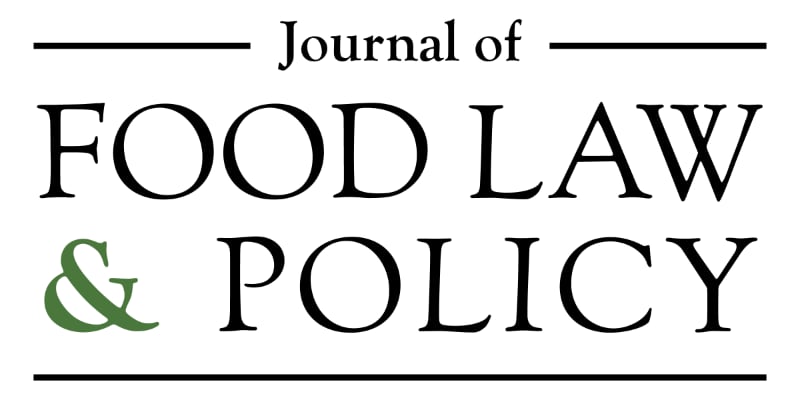Article
Kristina Bergman, Denisse Cordova Montes
Evidence of size stigma in U.S. food and health industries is overwhelming. Many policies affecting consumer and patient health and care look to patient Body Mass Index (BMI), a ratio of patient weight to height that anthropologists describe has roots in eugenics, scientific racism, and sexism, and that even the American Medical Association describes as being used for racist exclusion and not encompassing of sex-based differences. Many healthcare policies, public health messages, and food advertising strategies boast goals of reducing BMI in hopes of improving health status, but, in addition to having abhorrent origins, BMI has been shown to be a poor indicator of health. International Convention on Elimination of All Forms of Racial Discrimination, the International Covenant of Economic, Social, and Cultural Rights, the Convention on the Elimination of All Forms of Discrimination Against Women, and the Convention on the Rights of the Child, recognize the rights to health and food. The U.S., having ratified or at least signed each of these treaties, should therefore work to prevent sizeism in U.S. health systems and food advertising, phenomena which clearly affects healthcare access and quality, the food landscape, and overall wellbeing for people in the U.S., particularly for fat people, and especially for fat people of color and fat women.
Article
Abigail Schneider, Benjamin Kelly, Michael S. Sinha
Food recalls in the United States often reveal serious
mismanagement and structural issues in both government and
private industry, yet they have become unremarkable and even
expected in our modern world. The procedure employed by the
U.S. Food and Drug Administration (“FDA”) to monitor food
manufacturing is a valuable process which protects every person
who lives in the United States.1 However, the effects of monitoring
as a tool for oversight is limited if there is no efficient response
when problems arise.
Article
Maria Cudowska
In the United States and worldwide, nutrition and food emerge as both high-profile public policy targets and as fundamental aspects of the right to self-determination. This Article examines how national security impacts food security in the United States. It explores conflicts and synergies between municipal, state, and federal law developments related to the right to food and investigates recent developments in how those commitments have been negotiated. The challenge and nebulous justiciability of the right to food can be in part attributed to existing global and national systems, which include supply chains, welfare programs, and foreign investment in the U.S. In lieu of the current critique of the status quo, U.S. lawmakers will soon be confronted with the need to reexamine and renegotiate existing national and international commitments, including those relative to food system restructuring, which will require collaboration between private and governmental actors. Such collaborations will be dictated by legal norms, soft laws, customary law, business practices, and the geopolitical makeup of the world. This Article makes the unique contribution of addressing how federal, state, and local decision-making processes factor into increasing food security and sustainable development. It also considers how these factors will determine whether the United States will have a competitive advantage in the global agro-economy, successfully securing food production for its citizens.
Article
Tom Hubbard
In the never-ending tug-of-war of today’s charged political
climate, the child labor discussion has been caught right in the
crosshairs. While the Biden administration promised to crack down
on child labor law violations (with varying degrees of success),
more states continue making it easier for children to work. Because
of this, the opportunity to exploit a progressively younger
workforce will continue to grow.
Article
Carter Wade
This note will focus primarily on the National School Lunch
Program (“NSLP”) and propose a solution aimed at reducing the
costs of implementing it. It begins with a historical background into
how the NSLP came to be and the various adaptations and programs
that came out of it. This note then covers current programs and
organizations that have arisen to support nutritional education and
provide healthy meals to school children. It then compares several
contribution-based tax incentive programs, which serve as
inspiration for the final proposed tax incentive program for farmers
in the closing section.
